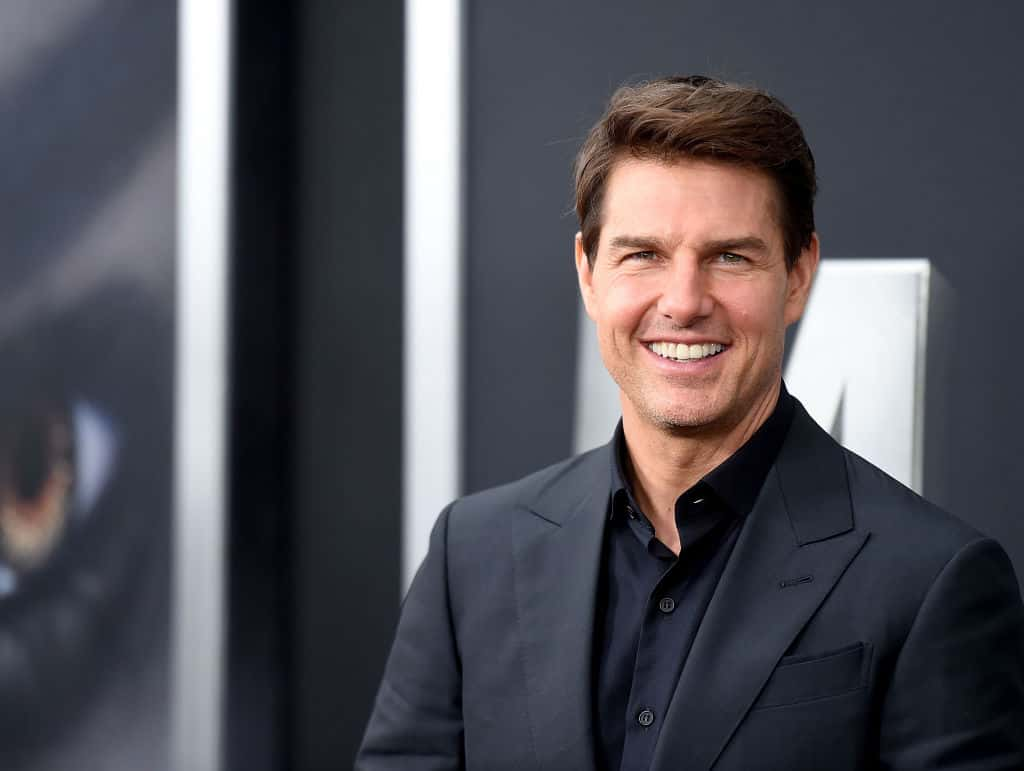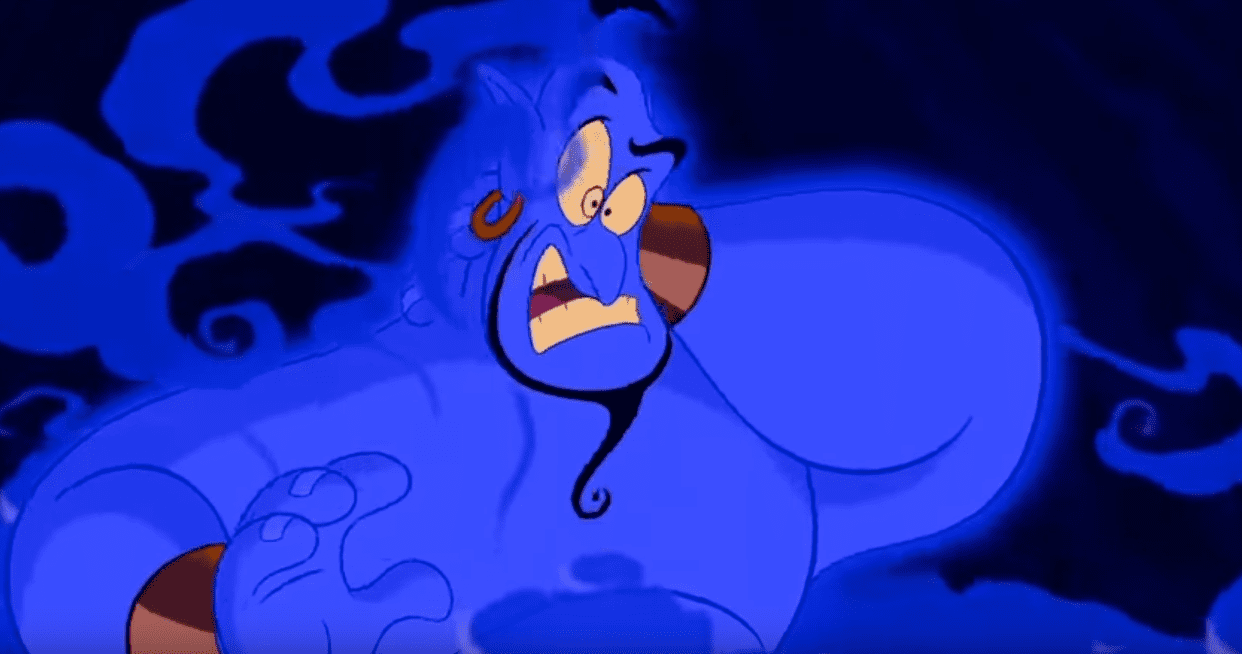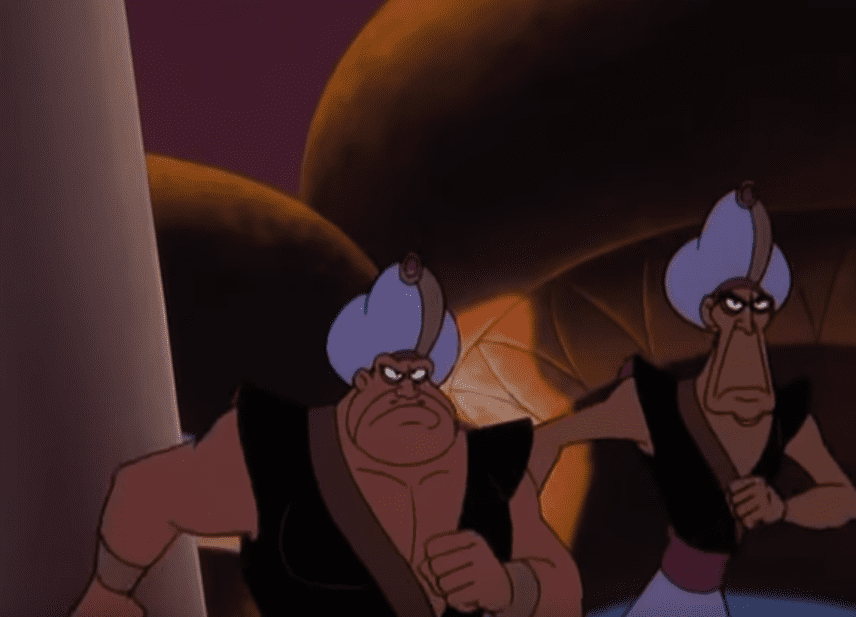Based on the folktale “Aladdin and the Magic Lamp” from “One Thousand and One Nights,” the 1992 animated film Aladdin from Walt Disney is considered by many to be the best film released during the Disney Renaissance, a period of creative resurgence from the Mouse House. With Robin Williams putting in one of his most well-known performances as The Genie, the film won numerous awards (mostly for its soundtrack) and led to two sequels, an animated television series, toys, videogames, and a Broadway play.
Here are a few things you didn’t know about a street urchin and the wisecracking Genie who turns him into a prince.
28. Three Wishes
Directors John Musker and Ron Clements were offered three different projects to choose from: Aladdin, an adaptation of Swan Lake, and “King of the Jungle,” which later became The Lion King.
Wallpapers craft
27. No Pressure
After months of work, Musker and Clements delivered a draft of the script and a story reel to studio chief Jeffrey Katzenberg in April 1991. Katzenberg did not feel like the script was engaging enough and, on a day referred to by the staff as “Black Friday,” demanded they scrap everything and start over without rescheduling the release date. They turned it around in eight days, which is pretty pathetic considering God created the entire world in six.
26. Open Sesame
“Aladdin” was the first animated movie ever to gross more than $200 million dollars.
25. Quite the Sales Pitch
In order to convince Robin Williams to sign on, the animators created a short clip of the Genie doing one of Williams’ standup routines. Eric Goldberg, the lead animator, recalled, “I think what probably sold him was the one where he says ‘Tonight, let’s talk about the serious subject of schizophrenia – No, it doesn’t! – Shut up, let him talk!’ What I did was animate the Genie growing another head to argue with himself, and Robin just laughed. He could see the potential of what the character could be.” Williams signed on the dotted line right after that.
24. That’s a Heck of a Bench
In case Williams decided not to sign on, the producers had alternatives in mind including Steve Martin, Eddie Murphy, John Candy, and Albert Brooks.
23. Setting an Example
Prior to Williams taking on the role, many “real” actors considered voice acting to be beneath them. For example, Bea Arthur refused to take on the role of Ursula in The Little Mermaid. After Williams’ success in the role, A-listers like Will Ferrell, Brad Pitt, Steve Carell, and Tina Fey suddenly became more willing to take on animated work.
22. So Much to Choose From
Williams recorded each line in twenty different ways, giving the filmmakers plenty of options when it came time to put the movie together. This amounted to nearly sixteen hours’ worth of recordings.
21. What’s in the Box?!
Near the beginning of the film, the Peddler – also voiced by Williams – tries to sell his wares, but the products weren’t actually in the script. Jeffrey Katzenberg provided Williams with a box full of stuff covered with a cloth. Then they put Williams in front of the microphone, lifted the cloth, and had him riff on whatever it is he saw. Combination hookah and coffee maker! A magic lamp! Gwyneth Paltrow’s head!
 Getty Images
Getty Images
20. Scene Blocker
Because Williams improvised so many of his lines, “Aladdin” was rejected by the Academy for a “Best Adapted Screenplay” nomination.

History's most fascinating stories and darkest secrets, delivered to your inbox daily.
19. Malificent
Jafar was based on Maleficent from "Sleeping Beauty." Like her, he carries a staff, has a bird as a henchman, and transforms into a giant animal in the film's climax.
18. Doh!
The sequel, “Return of Jafar,” was the first direct-to-video sequel that Disney ever did. Williams did not do the voice and the film did very poorly with critics, scoring a dismal 27% on Rotten Tomatoes. The voice of the Genie was done by Dan Castellaneta, best known as the voice of Homer Simpson.
17. Double Doh!
After Williams and Disney made up, he returned for the second sequel, Aladdin and the King of Thieves. The voice work that Dan Castellaneta had already done for this sequel was thrown out and Williams re-recorded all his lines. This film also scored 27% on Rotten Tomatoes.
16. Group Therapy
Whilst filming, Robin Williams frequently talked to Steven Spielberg, who constantly needed cheering up because he was in the middle of filming Schindler’s List. Apparently, the Holocaust can be a bit depressing.
15. Captain Jafar
Patrick Stewart was the first choice to play the role of Jafar, but he had to turn it down due to conflicts with Star Trek: The Next Generation. Stewart really wanted the role and later said that one of his biggest regrets was not being able to make it so.
14. Pretty Boy
Aladdin was initially modeled after Michael J. Fox, but they realized that was a little too goofy, and they wanted someone more handsome. So he was modeled after Tom Cruise and Calvin Klein models. Clearly, they never saw Michael J. Fox in his underwear.
 Getty Images
Getty Images
13. Full Circle
Aladdin’s pants were modeled after M.C. Hammer’s pants, which in turn were inspired by harem pants that originated in Arabia.
12. The Sorting Hat
Every time Aladdin lied, the feather on his hat would fall forward, which would be a pretty annoying hat to have at the poker table.
11. We’ve Come a Long Way, Baby
In fact, Aladdin was meant to do for princes what previous Disney movies had done for princesses. Until Aladdin, most princes were handsome, but dull. It was the princesses that had all the personality. “Aladdin,” on the other hand was about a princess falling for a prince, as opposed to the other way around. This is good. Children need to learn that princes also deserve to be sexually objectified.
10. Model Princess
Jasmine was modeled after Jennifer Connelly. The version from The Rocketeer and not from Requiem for a Dream.
9. Geometry is Fun
While the animation style in previous Disney animated films were more “realistic,” in Aladdin they deliberately moved away from that, creating characters with simple two dimensional shapes. That being said, it’s still pretty darn hard to draw the characters from Aladdin.
 Walt Disney Pictures
Walt Disney Pictures
8. Pinch Hitter
This is one of the few Disney films where the lead actors didn’t do their own singing. This is primarily because, with Williams on board, they needed actors who could hold their own against his personality. The singing became a secondary requirement. In fact, the voice of the Princess was Linda Larkin, but her singing voice was Lea Salonga.
7. Voice of a Princess
Lea Salonga provided the singing voice for both Princess Jasmine and Mulan.
6. To the Front of the Bus!
Jasmine was the first non-white Disney princess, finally introducing some color to their lineup. Even though she was criticized for being Westernized and Anglicized in both appearance and demeanor, it was a start. Other princesses such as Mulan, Tiana, and Pocahontas followed in her footsteps.
5. Someone Needs Sensitivity Training
While they did attempt to bring some more racial diversity into the mix, they still didn’t escape the consternation of the American Anti-Arab Discrimination Committee (AAADC) who took offense to some of the song lyrics. Specifically, they had a problem the first song of the film, “Arabian Nights,” which has the Peddler describing Arabia as a place “where they cut off your ear if they don’t like your face,” and finishing with “It’s barbaric, but hey, it’s home.” They changed it on the video release to “where it’s flat and immense and the heat is intense.” But they left in the part where it’s barbaric. The AAADC was still pissed.
4. OBEY
They added the “applause” sign at the end of the song “Friend Like Me” because they found that test audiences weren’t reacting sufficiently. There’s nothing like a big glowing sign to tell people to enjoy themselves harder.
3. Bird Brain
Danny DeVito and Joe Pesci both passed on the part of Iago. The role went to Gilbert Gottfried before he got the role of the Aflac duck and set his career on fire with tsunami jokes.
2. Typecast
Abu was voiced by Frank Weller, who also voiced the monkey in Raiders of the Lost Ark.
 Walt Disney Pictures
Walt Disney Pictures
1. The Naked Truth
Disney faced allegations of promoting sexual promiscuity in their films because during the balcony scene, Aladdin apparently says, "Good teenagers take off your clothes” when he encounters Rajah, the tiger. Moral conservatives tried to use that as proof that Disney was promoting sexual promiscuity in their films. The film’s directors insisted that Aladdin actually said, “Nice kitty, take off and go, go on.” They also added that the two animators working on that sequence were very religious and would never have deliberately tried to add racy humor like that. So, the moral of the story is: People really have their mind in the gutter.

































